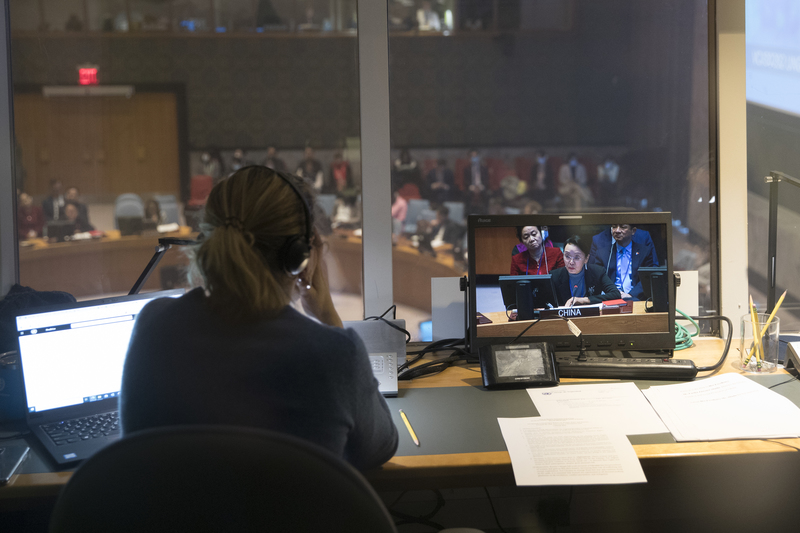In the past, the average viewer rarely thought about the process of localization. Subtitles and dubbing were treated as a given—background details that made foreign content accessible, but hardly the focus of attention. Today, however, the situation has changed. Thanks to platforms like YouTube, TikTok, and Instagram, a new generation of influencers is placing translation, dubbing, and cultural adaptation directly under the spotlight. Their reviews are shaping how global audiences perceive the quality of localized media, and by extension, whether a film or series succeeds abroad.
The most striking difference between now and even a decade ago is the democratization of criticism. Viewers no longer rely solely on professional film critics or industry insiders to tell them whether a show is worth watching. Instead, they often turn to trusted influencers who speak their language, share their cultural background, and review content in a highly accessible way. Many of these creators make localization quality a central part of their analysis. A review might not only comment on acting or storytelling, but also highlight issues like awkward dubbing, mistranslated jokes, or subtitles that feel disconnected from the tone of the original.
Take TikTok, for example, where short-form commentary spreads with remarkable speed. A thirty-second clip of a reviewer mocking a stilted voice-over performance can go viral overnight, gathering millions of views. For the audience, this becomes more than just entertainment; it sets an expectation. Once people see a dubbed line being ridiculed on social media, they are primed to notice similar flaws themselves. The influence multiplies: what begins as one person’s observation can quickly become a widespread perception that “the localization was bad,” even for viewers who might not have noticed otherwise.
On YouTube, the conversation often takes a more in-depth form. Long-form reviewers and essayists dissect the nuances of localization, comparing original dialogue with translated lines and explaining where meaning has been lost. Channels dedicated to anime or international cinema, for instance, have built large followings by educating audiences on the importance of accurate and culturally sensitive translation. These reviewers frequently emphasize that a poor localization can distort the narrative or undermine character development. For audiences unfamiliar with the source language, such insights can reshape their entire relationship with a work.
The result is that localization has moved from an invisible service to a visible marker of quality. In an age where audiences are constantly comparing experiences across languages and platforms, localization becomes a competitive edge—or a liability. When influencers criticize a show’s dubbing as “unwatchable,” this critique does not remain niche. It spreads across social feeds, influences rating platforms, and ultimately discourages potential viewers from giving the series a chance. Conversely, when reviewers praise a translation for capturing humor, emotional tone, or cultural nuance, this often becomes part of the marketing narrative, helping the content gain traction in new markets.
This dynamic places unprecedented pressure on production companies and streaming platforms. In earlier eras, a clumsy subtitle might have gone unnoticed by all but a handful of bilingual viewers. Now, that same mistake risks being amplified by influencers to millions of followers. The stakes are higher, because localization quality no longer affects only comprehension—it affects reputation. Just as poor visual effects can sink a blockbuster, poor translation can damage a series’ credibility.
Another important aspect is that influencers are not bound by the same constraints as professional critics. They often speak directly in the voice of the audience, using humor, sarcasm, or frustration to connect emotionally with viewers. A single viral phrase—such as “this line ruined the entire scene”—can overshadow hours of otherwise well-produced storytelling. In this sense, influencers act as amplifiers of collective frustration, turning what used to be minor gripes into major talking points.
It is worth noting, however, that this trend also has a positive side. By drawing attention to localization, influencers raise awareness of the skill and effort required to do it well. They educate audiences about the challenges of cultural adaptation: how a pun in one language might require an entirely different joke in another, or how tone and rhythm must be balanced when dubbing. In doing so, they give credit to an often-overlooked field and push the industry toward higher standards.
For content creators and distributors, the lesson is clear: localization can no longer be treated as an afterthought. The internet has given audiences powerful tools to voice their dissatisfaction, and influencers have become the megaphones. Investing in high-quality translation, culturally sensitive adaptation, and professional dubbing is not just a matter of accessibility—it is a matter of brand reputation. In the global entertainment economy, a negative TikTok about “cringe-worthy dubbing” can cause measurable damage to a show’s reach.
Ultimately, influencer reviews are reshaping how we think about foreign media. They remind us that localization is not invisible but integral, not secondary but central to the viewing experience. The phrase “the dubbing was awful” may sound casual, but in the digital era, it carries real consequences. Audiences are paying attention, influencers are amplifying their voices, and companies that ignore this shift do so at their peril.











